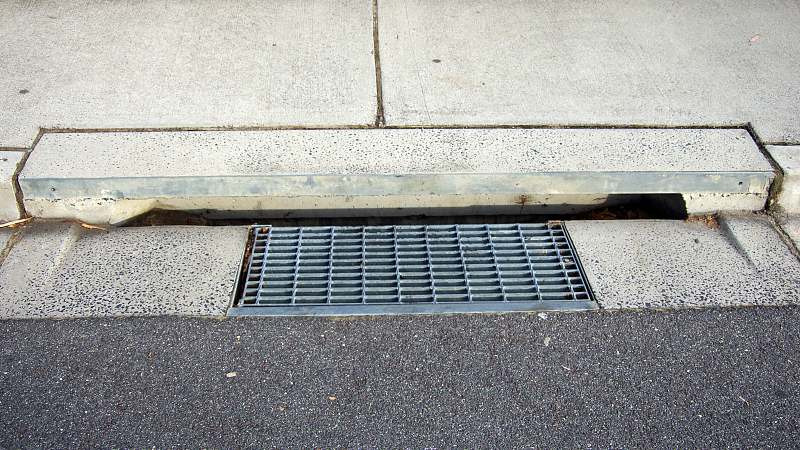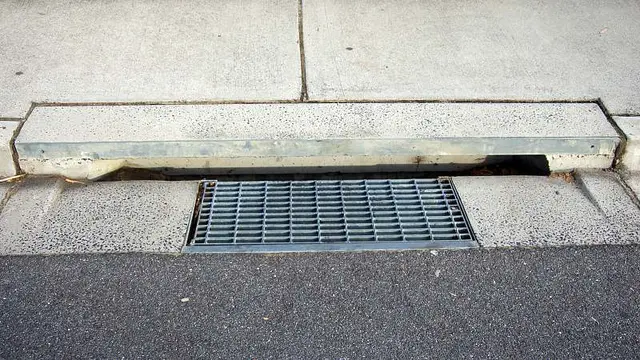
VCG
Traces of the SARS-CoV-2, which causes COVID-19, have been found in many countries' sewage, months earlier than the officially reported first cases. And this could challenge the timeline of the pandemic development worldwide.
Brazil is the latest to detect the novel coronavirus in its wastewater samples collected on November 27, 2019, in Florianopolis, capital of Santa Catarina.
Earlier, Spanish researchers found coronavirus in wastewater samples from March 2019 in Barcelona, and their counterparts in Italy also discovered traces of the virus in the sewage of Milan and Turin last December, suggesting the virus was already present in many parts of world before the outbreak.
"The novel coronavirus can exist in people's digestive system, and the most likely reason for detecting it in wastewater is that there are community infections in that area," said Yu Chengbo, chief physician of the Infectious Disease Department at the First Affiliated Hospital of College of Medicine, Zhejiang University.
"That is to say, a relatively large number of people are infected with the virus which goes into wastewater through feces, and the sewage was not timely disinfected or harmlessly treated."
Concerns for virus spread via sewage
This has also raised concern that the coronavirus may be spread through sewage.
Dr. Tom Jefferson, an honorary senior research fellow at the Center for Evidence-Based Medicine (CEBM), University of Oxford, believes the virus "may be
transmitted through the sewage system
or shared toilet facilities, not just through droplets expelled by talking, coughing and sneezing," as The Telegraph
reported.
Jefferson's opinion echoed Professor Richard Quilliam at the University of Stirling, who warned that the potential transmission through sewage must not be neglected.
"We know that viral shedding from the digestive system can last longer than shedding from the respiratory tract. Therefore, this could be an important – but as yet unquantified – pathway for increased exposure," said the professor cited by
Science Daily
.
Sewage a tool to trace the virus
Wastewater-based epidemiological study, meanwhile, is a good tool for monitoring the spread of the virus and for timely response to a possible new outbreak, Albert Bosch, professor at the Faculty of Biology of the University of Barcelona, said. As the novel coronavirus exists in high concentration and lasts for some time in the feces of the infected, it will be discharged into the wastewater as well.
"Every time a person becomes infected with COVID-19, they start shedding virus into the sewer system," Davey Jones, a professor of environmental science at Britain's Bangor University, told Reuters. "We're using that (knowledge) and tracking people's toilet movements."
According to a "How sewage could reveal true scale of coronavirus outbreak" article published on Nature, studies have shown that the virus can appear in feces within three days of infection, while it may take up to 14 days for people to develop symptoms and seek medical diagnosis. So tracing viral particles in wastewater can help public health authorities make decisions earlier.
Besides, wastewater monitoring is speedy, doesn't put a strain on experimental resources, and covers a large sample size.
One treatment plant can handle wastewater from over one million people. The virus in wastewater can be detected in patients with mild or no symptoms or who haven't been tested, which will help researchers better estimate how widespread the virus is.
Such study is being pursued in many countries including
Australia
, the Netherlands, U.S. and Sweden.
It has also been used to monitor health threats and viral diseases before, like in the fight against polio.
Can the new coronavirus spread via sewage pipes?
Can COVID-19 spread through sewage?
 简体中文
简体中文





